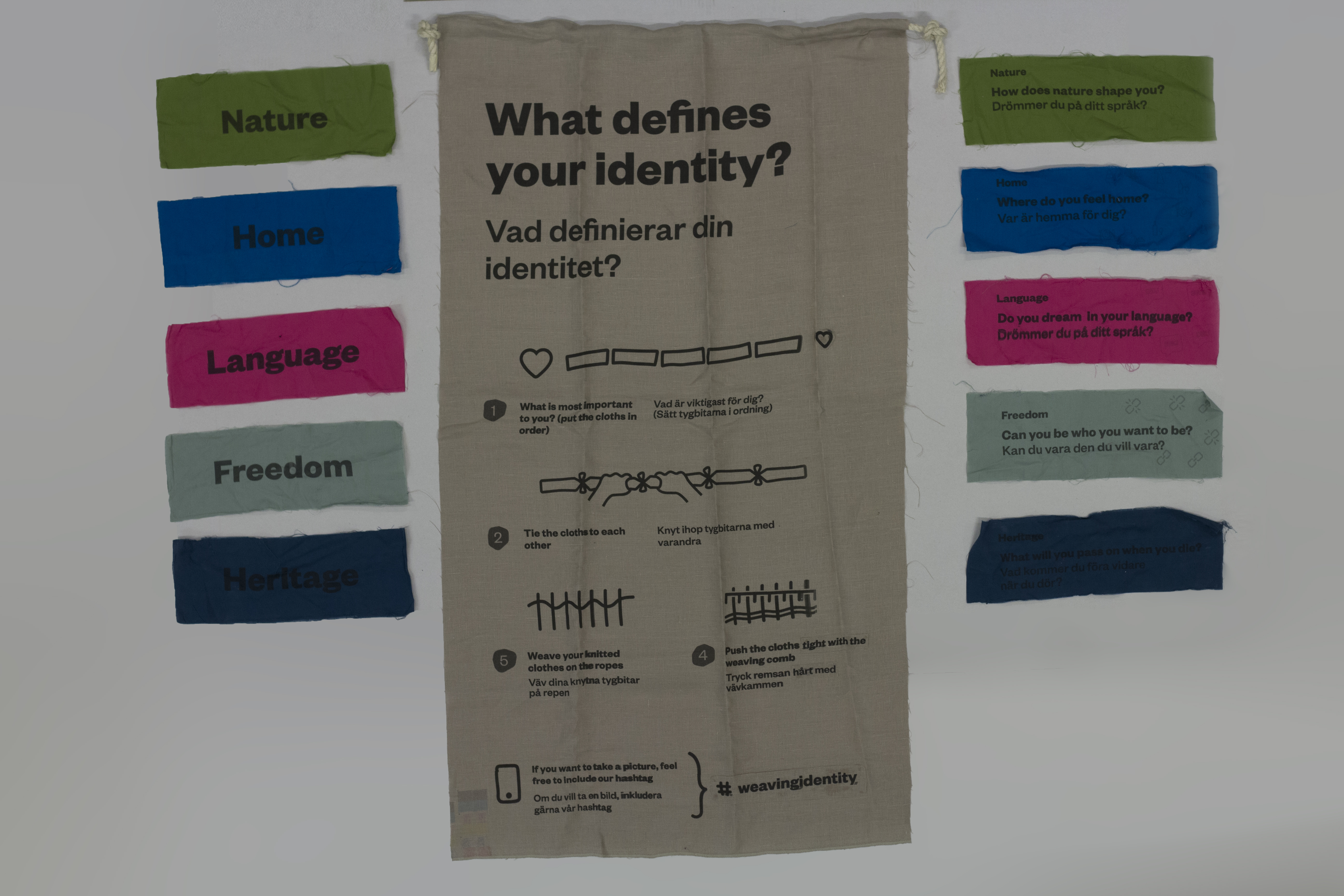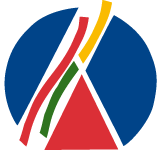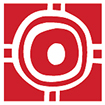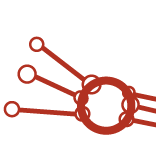Woven identities
Decolonizing by showing diversity
Svenska Samernas Riksförbund
Sami Duodji
Västerbottens museum
Yijia Tao
Ivan Kunjasic
Selvi Olgac
Shib Sahoo
Carolyn Wegner
Project
Hi/Stories of Change
Communication design for co-creation
5 weeks, winter-spring 2018
Participatory fieldwork, Design de-colonization, exhibition design
The project explores decolonizing perspectives on design in search for culturally diverse sustainable futures, by connecting with the Sami people, the indigenous community in North-Sweden. We did this by doing participatory fieldwork. We lived in their context for 4 days. We learned about their work, handicrafts, traditions and their history. We learned how to communicate stories, how to be aware of colonisation in storytelling and how storytelling can be more than just words.
We decided to show diversity in an interactive exhibition, not to tell stories, but let the visitor tell theirs and self-reflect on the values that he/she has. In this way we’re not defining perspectives and don’t have the us vs them way of showing the ‘other’.
…“this is a nice example of the ‘diverse social fabric’ we live in, where diversity combines to create a whole.” – Nicholas Torretta PhD Umeå institute of design
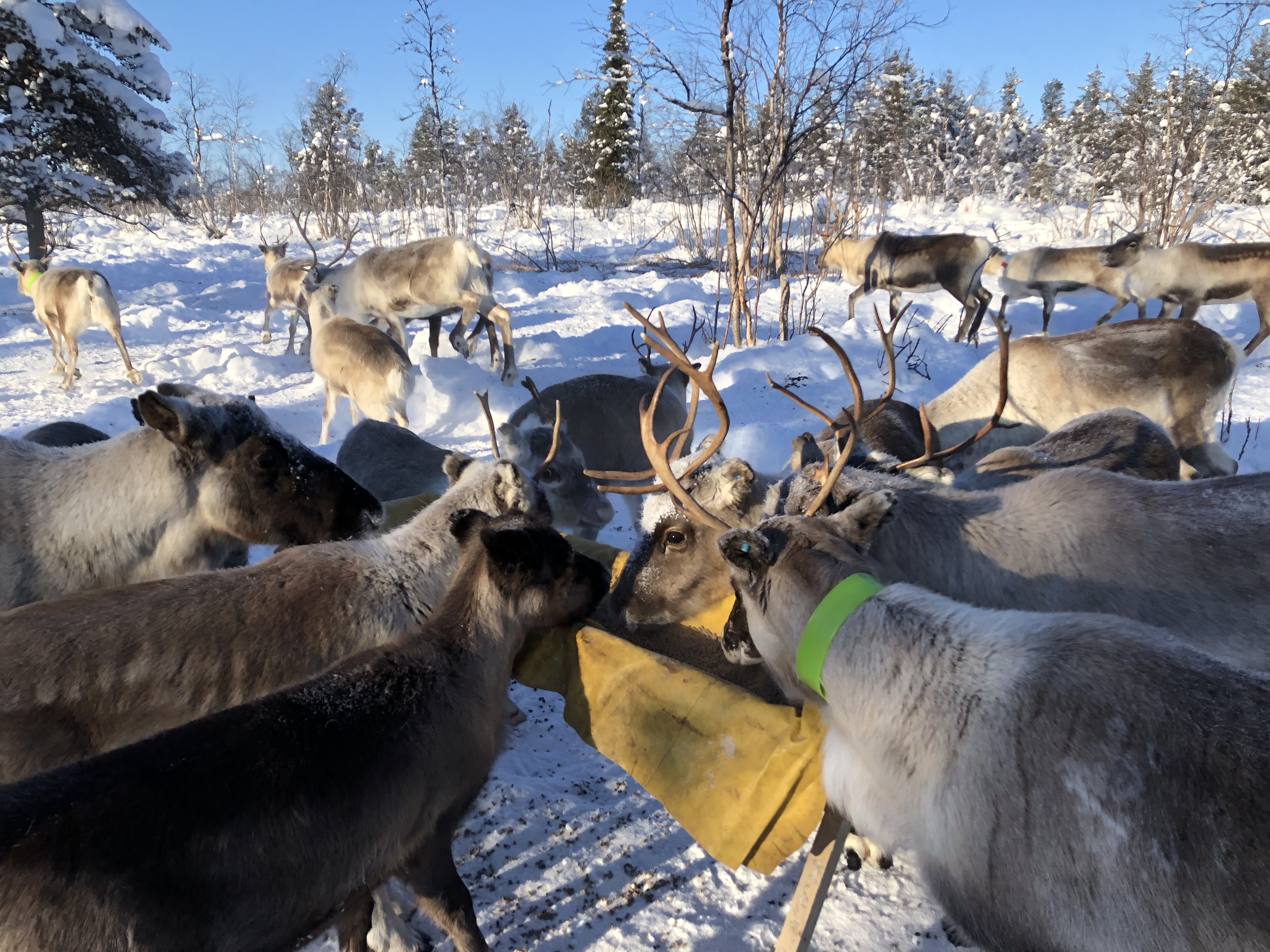


PARTICIPATORY FIELD WORK
To get an understanding of what colonization meant for the indigenous communities in north Sweden we were participating in their daily life routines in Övre Soppero. It was interesting to see how language, reindeer herding, handcrafts, and nature are seamlessly interweaved in the Sami culture.
STORYTELLING/CO-CREATION
We learned and applied various methods to tell stories in a more engaging way, not only by words but by letting people experience it.
EXHIBITION
In our exhibition, we didn’t want to portray the Sami community as us and them, but rather let the visitor reflect on what his identity is by ordering different concept based on how valuable they are to you. In this way we want the user to reflect on what these categories mean to them and how everyone values these concepts differently. This will become visual when the user weaves his identity into the carpet of life.
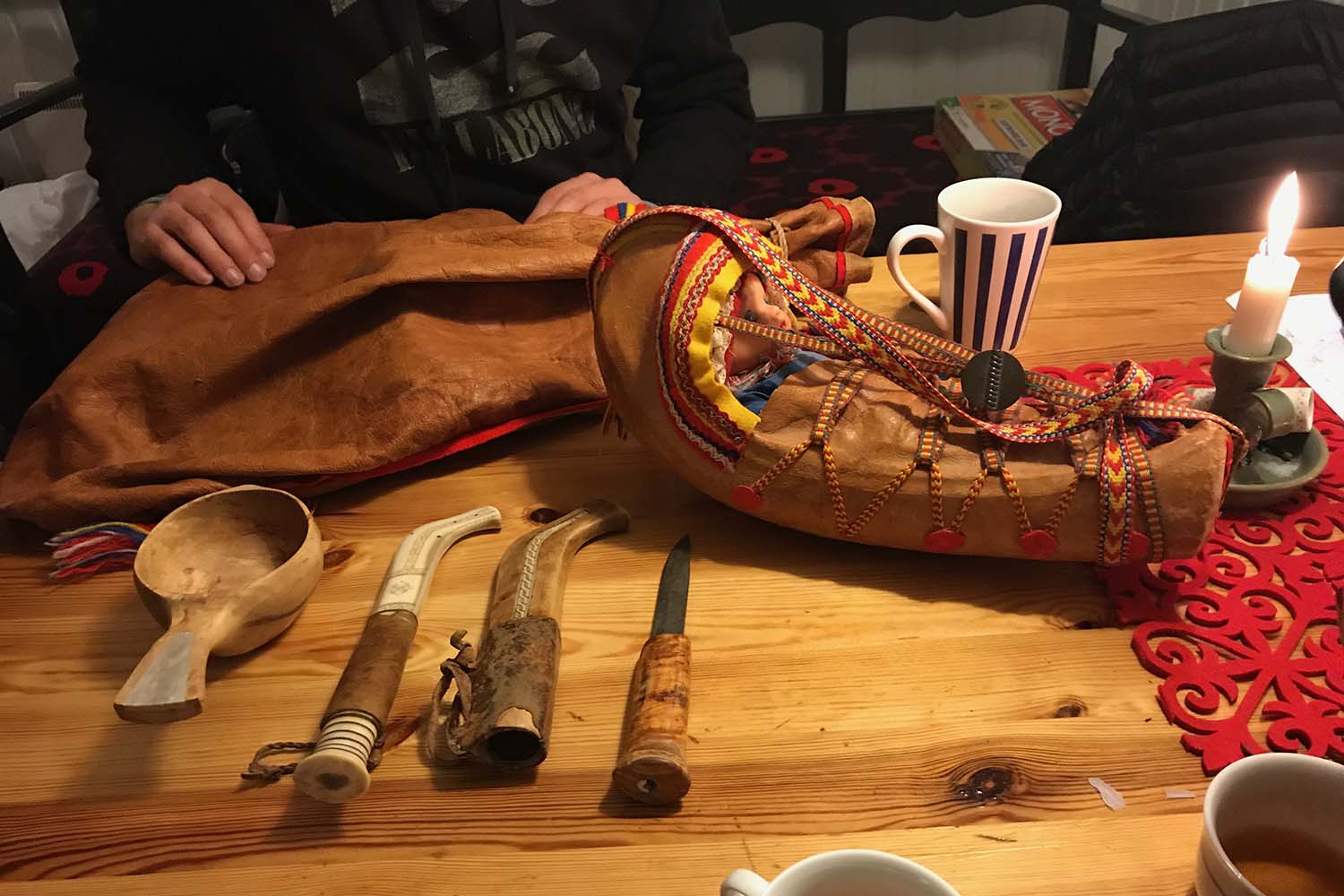
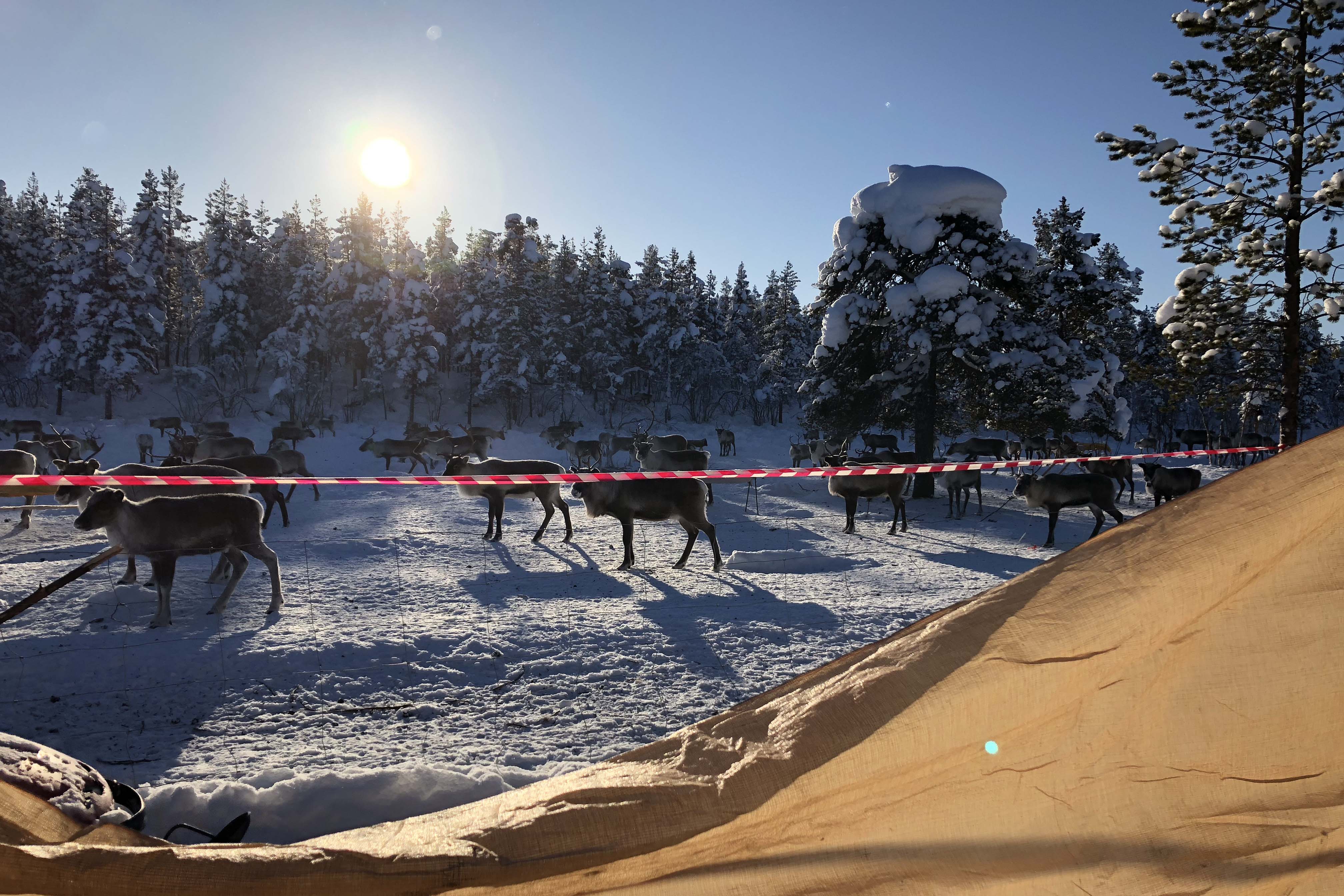
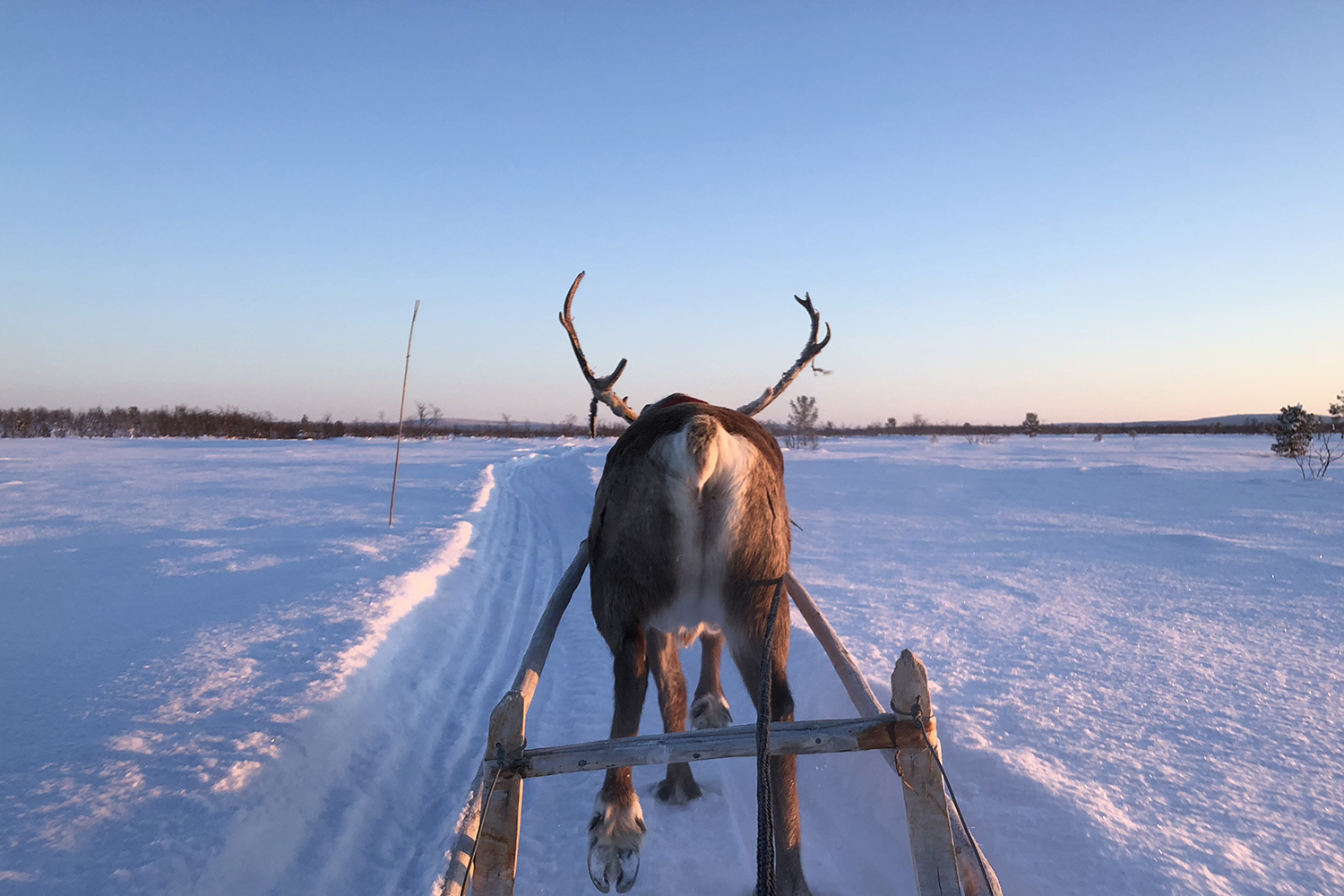
Handicraft
The Sami people use handcraft to make their everyday tools, but also to express their identity and protest against the oppression by the government. All the materials come from nature and are mostly rest-products from the reindeer herding.
Reindeer herding
The families we met were all having reindeer herding as their core business. It is an activity that involves the whole family. But reindeer herding is becoming harder, because of land ownership and climate change. The reindeers now need artificial food to survive, which is not sustainable for the future.
Nature
Nature plays a crucial role in the life of the Sami families. For this reason, their language is way more descriptive in explaining snow, seasons, different types of reindeers. Their methodology is a way to educate and keep this close connection for future generations.
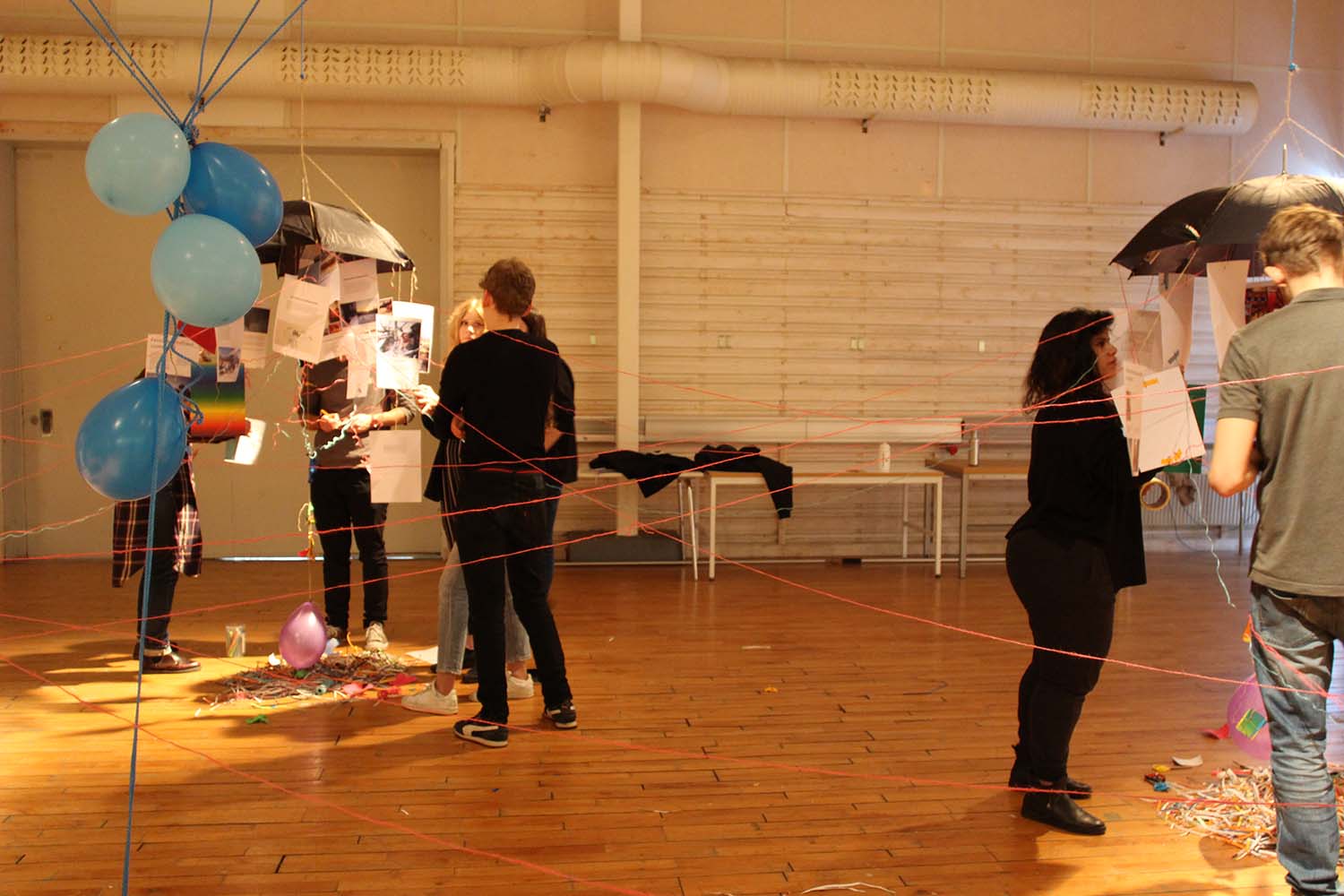
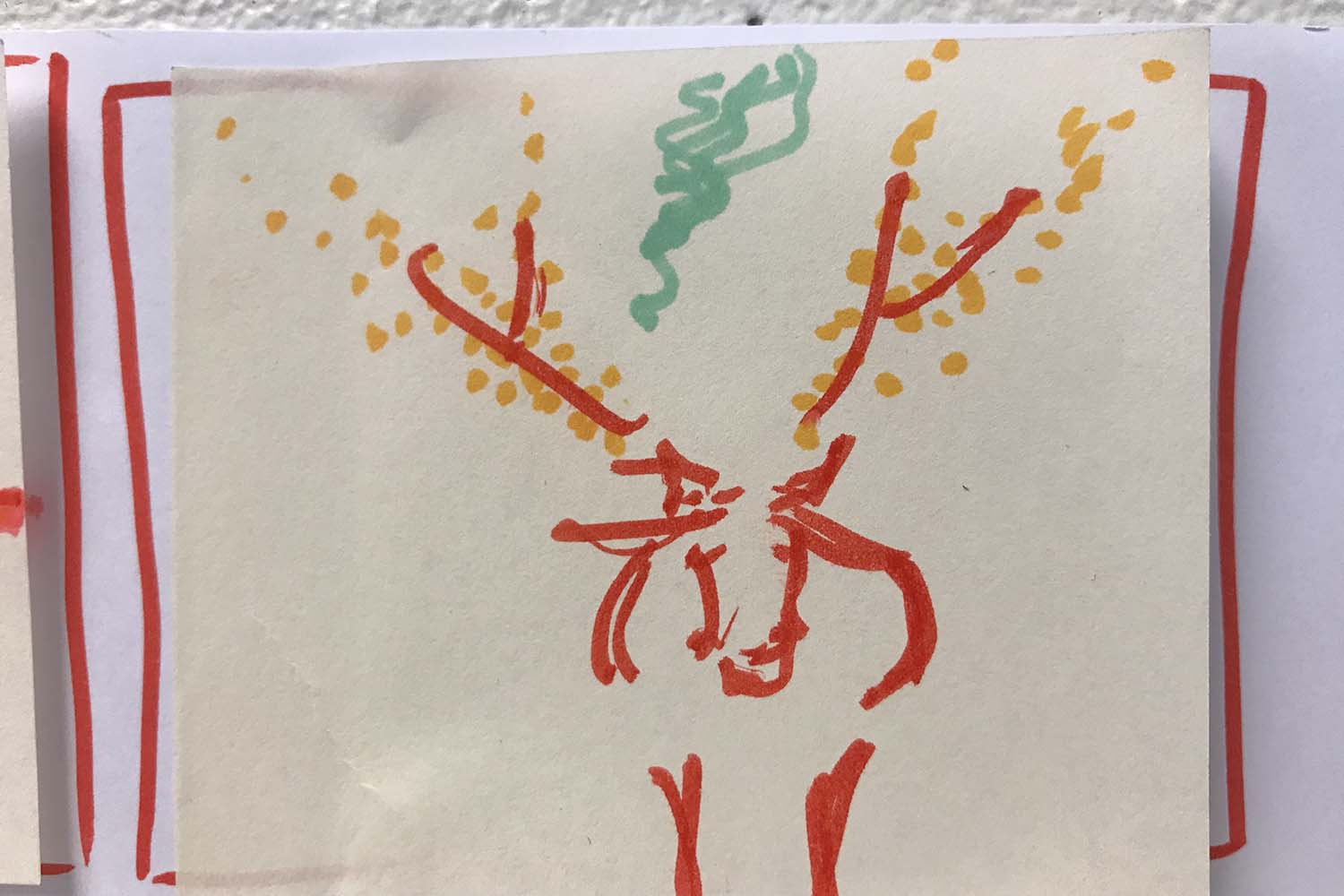
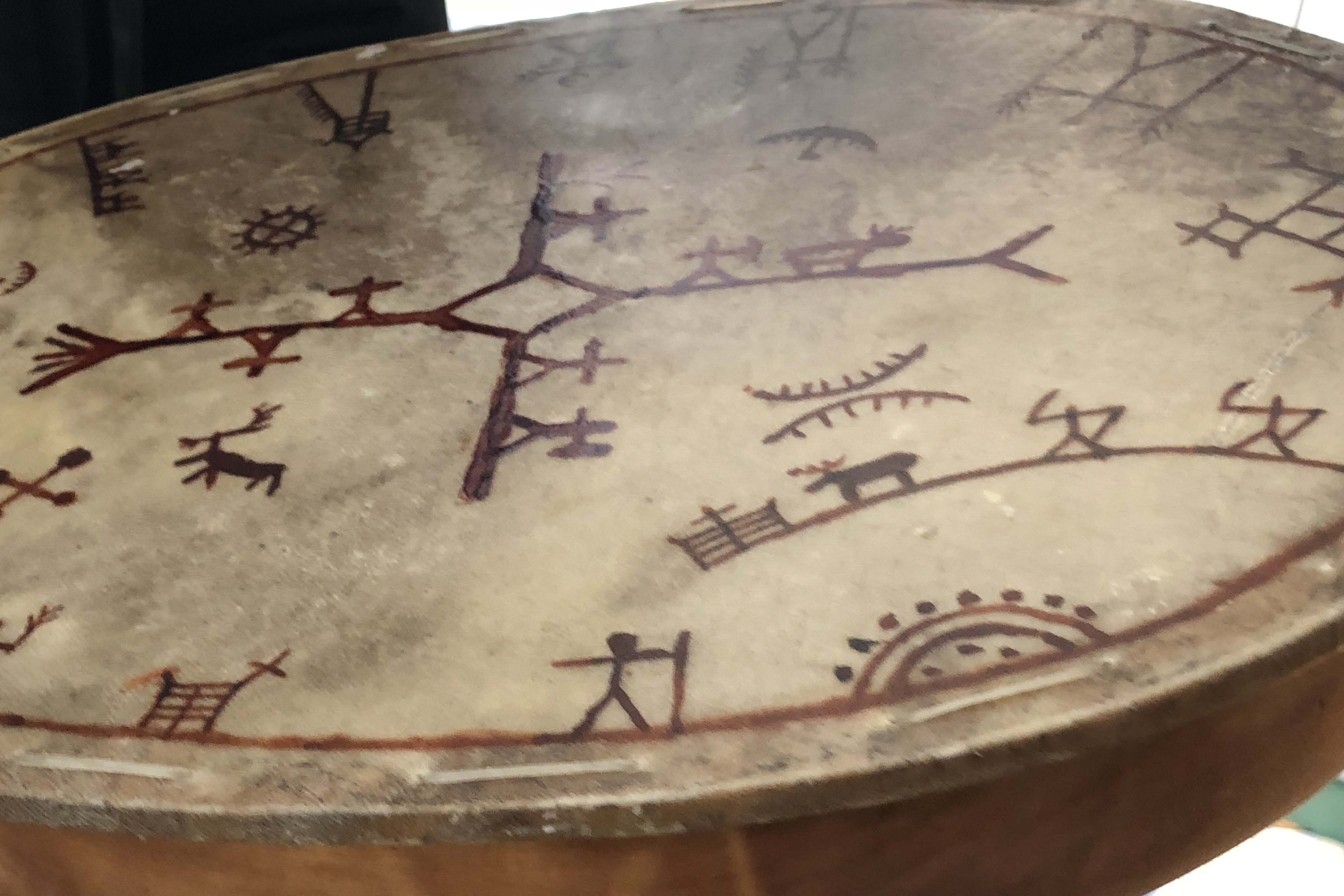
Connecting/clustering stories
After our field trip we communicated the experiences to others and together with some stakeholders from the Sami organisation we mapped them out by connecting them in physical space. In this way, we could see how the different experiences were similar, but also different.
Fantasy, empathy
We learned different ways of telling stories, how stories can change and how fantasy is sometimes better than keeping totally factual in communicating experiences.
Stories beyond words
We also learned that stories can be much more than just words; physical representations, images, sounds, smells can sometimes have a bigger impact than only words on paper.
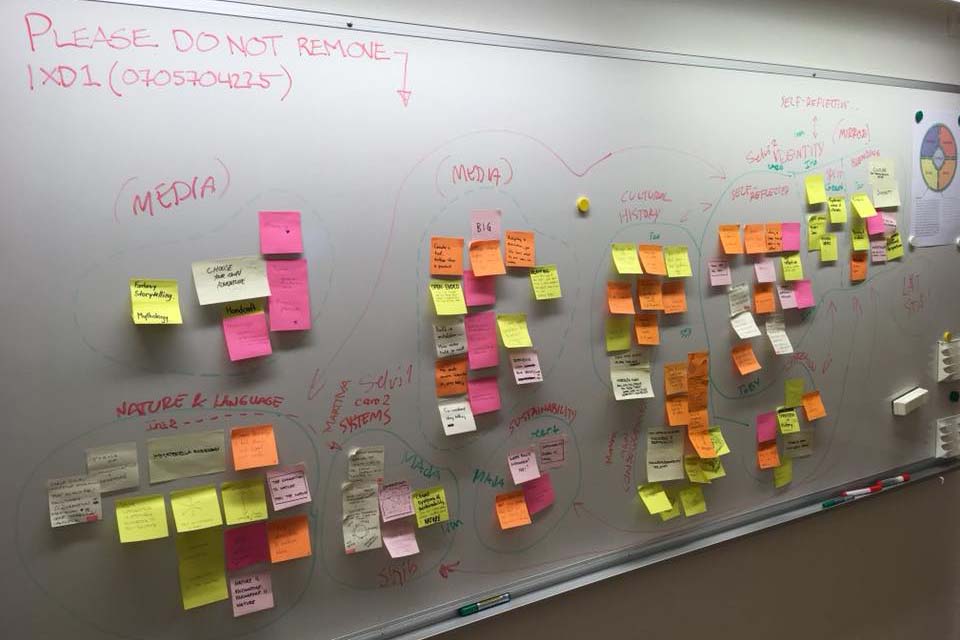

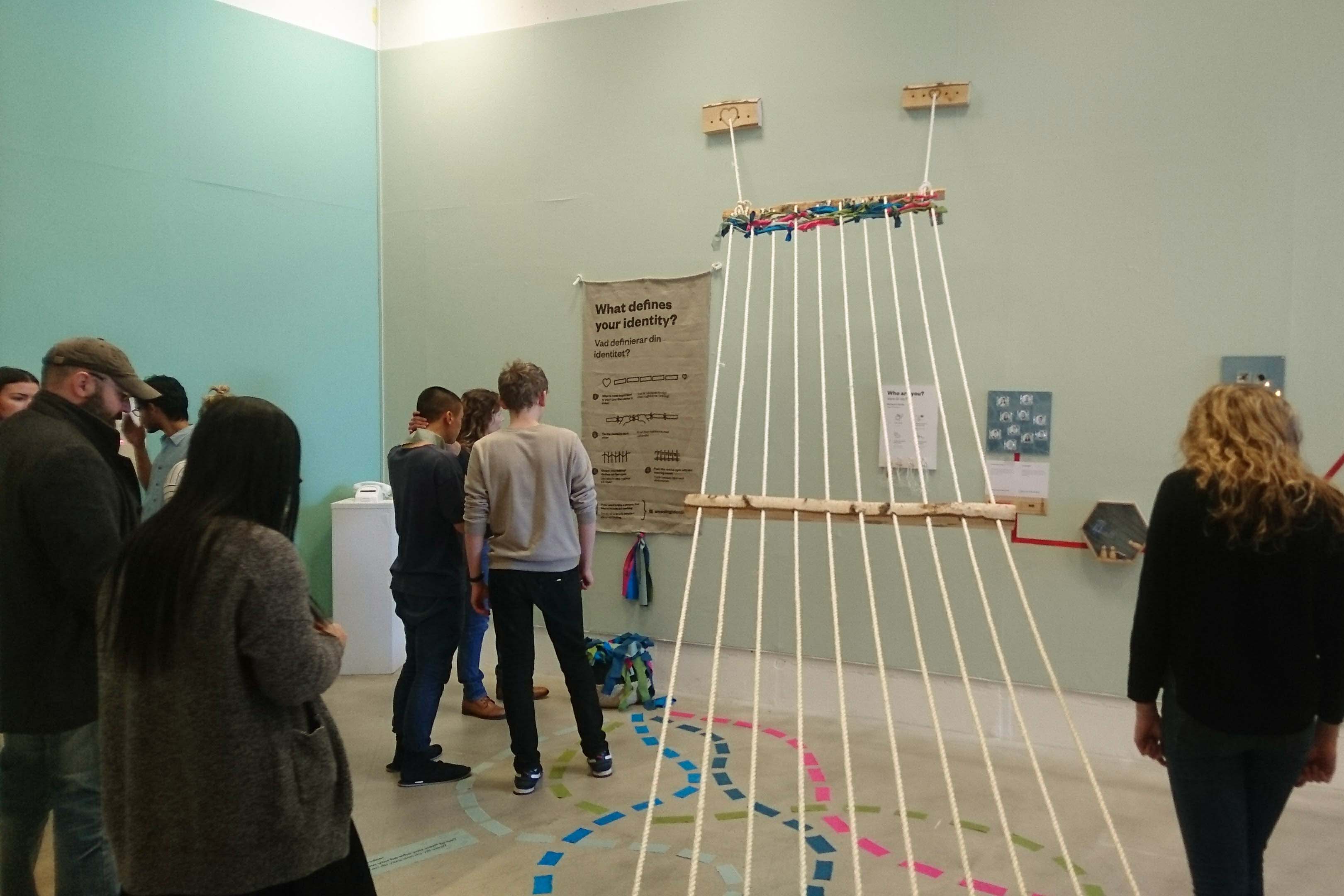
Categorizing areas
We categorized the different areas of interest with the idea to divide the class into different groups. During this exercise it was clear that we wanted to visitor to reflect on their identity. In the end we chose to focus on nature.
Showing vs giving perspectives
It was rather hard to see nature as a separate entity, so we focussed on unintended consequences that influenced the nature, but this lead to a clear us (Swedish) and them (Sami) divide, which didn’t really create the impact we wanted. So instead of showing different perspectives chosen by us, we let the visitor choose their perspective.
Final exhibition
In the final exhibition in Västerbottens museum, we wanted to merge the experience of handcraft (making something unique) with the idea that visitor must think what the visitor’s values are to complete the exercise. This is done by letting the visitor order the various categories (based on the interest area’s after the field trip).
For the exhibition at the Vasterbotten museum, we printed a poster on textile to explain the process of sharing your identity.
